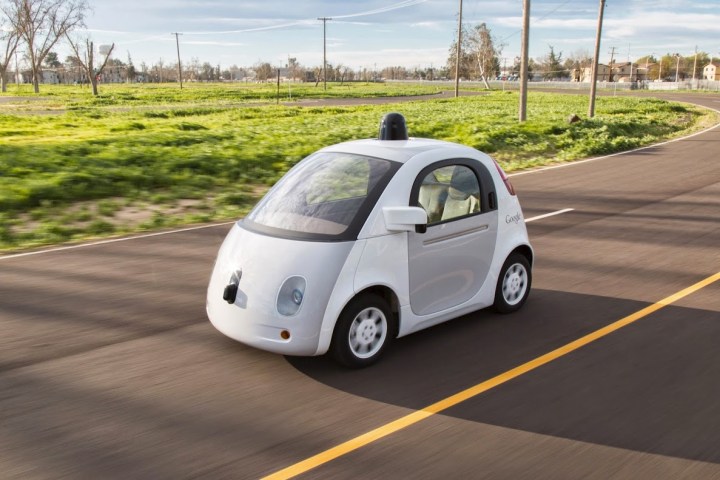
While autonomous vehicles may save many lives, the government has to “establish guidelines for manufacturers that clearly outline how we expect automated vehicles to function — not only safely, but more safely — on our roads,” Foxx said in the NHTSA’s announcement of two springtime meetings (in Washington, D.C.; and California) to gather information on safety-related issues for automated vehicles.
As part of the announcement, the agency shared an initial assessment of current Federal Motor Vehicle Safety Standards and the challenges for fully deploying automated vehicles in the U.S. “The report, prepared by USDOT’s Volpe National Transportation Systems Center, found that there are few existing federal regulatory hurdles to deployment of automated vehicles with traditional designs and equipment to accommodate a human driver,” according to the NHTSA’s announcement.
However, the story isn’t so rosy for automated vehicles designed without a human driver in mind — for instance, without a steering wheel or brake pedal. For these designs, “the agency has more work to do to ensure the safety of new innovations, and we look forward to learning more from stakeholders as we start that work,” said NHTSA Administrator Mark Rosekind.
This may be of interest to the likes of Alphabet, which is eyeing autonomous vehicles without controls for human drivers. Last month, the NHTSA told Google, which now falls under Alphabet, that a self-driving car without a need for a human driver could be considered a “driver” itself.
Across the pond, the United Kingdom is on the cusp of putting autonomous heavy-goods vehicles (HGVs) into trials. Trials of driverless cars on motorways are planned in 2017 with a goal of allowing autonomous vehicles on British streets by 2020, according to Reuters.
Editors' Recommendations
- Dubai Police to deploy driverless patrol cars with AI smarts
- An autonomous car in San Francisco got stuck in wet concrete
- Volkswagen is launching its own self-driving car testing program in the U.S.
- Autonomous cars confused by San Francisco’s fog
- Apple’s rumored car could cost the same as a Tesla Model S


